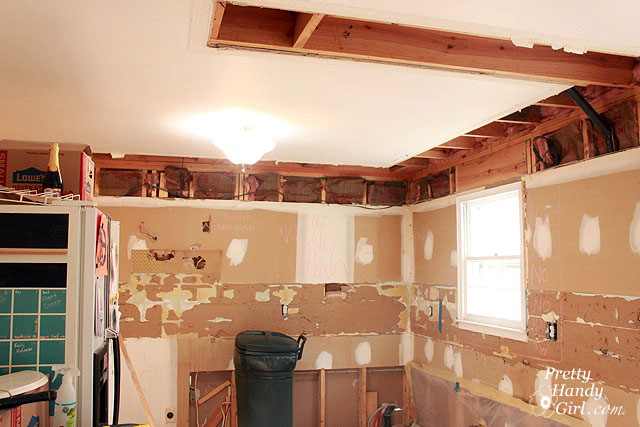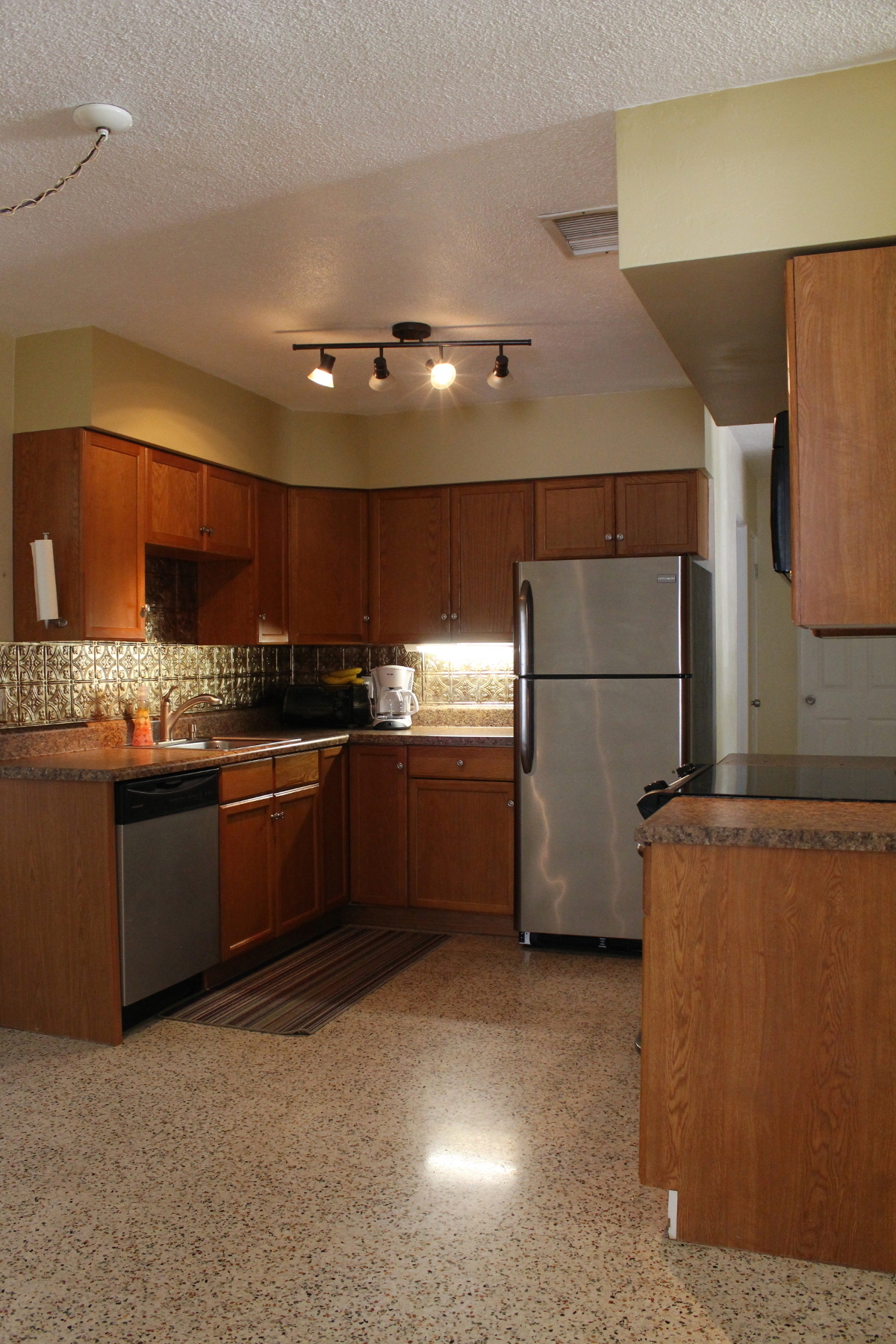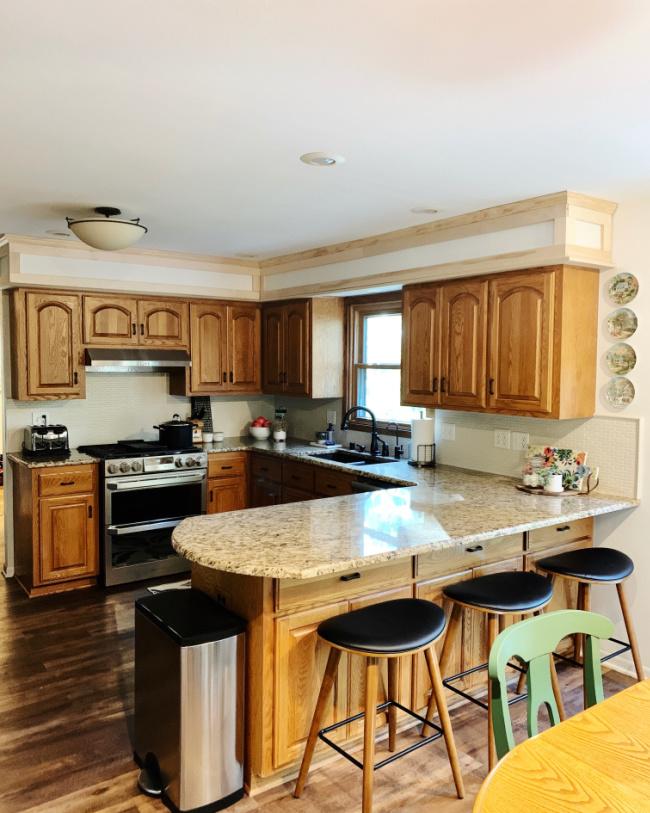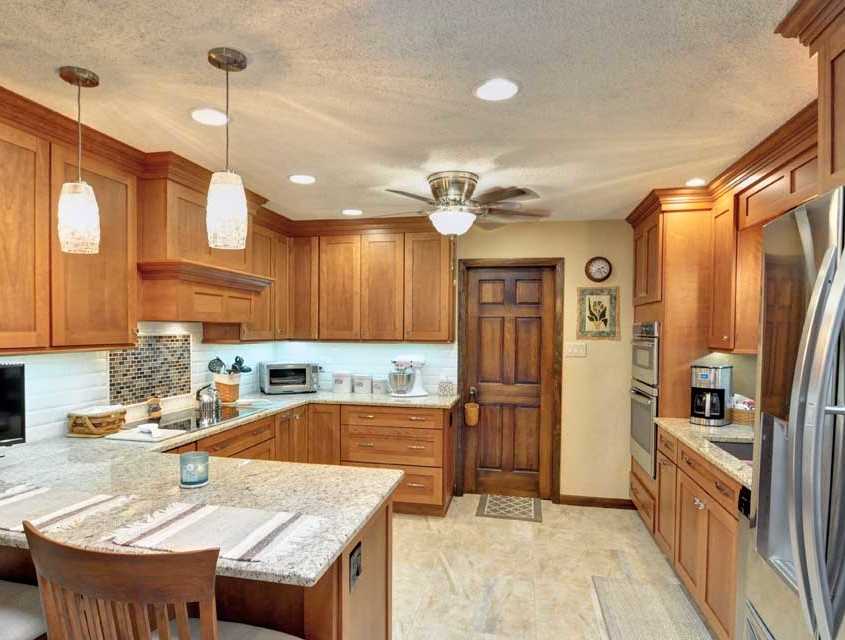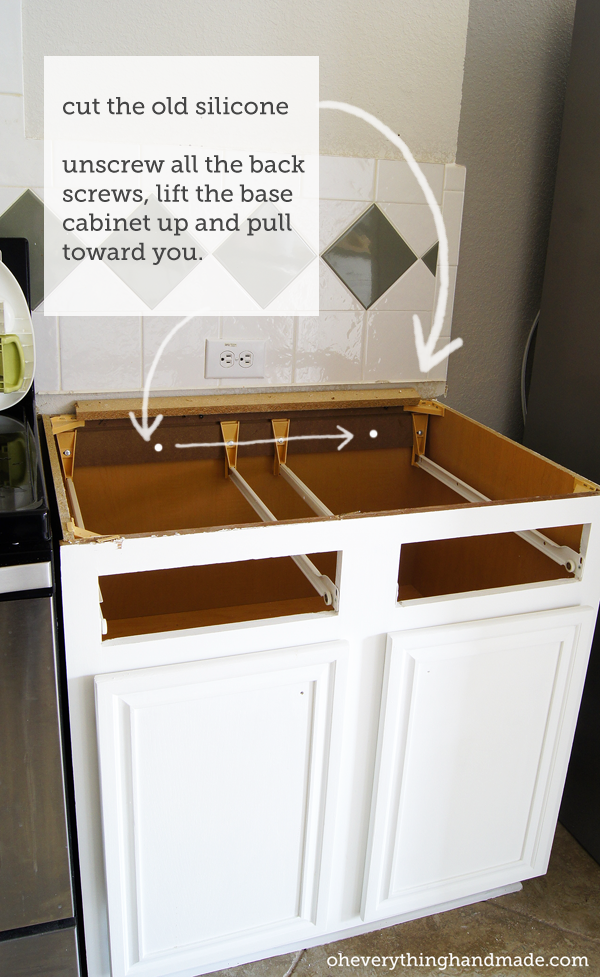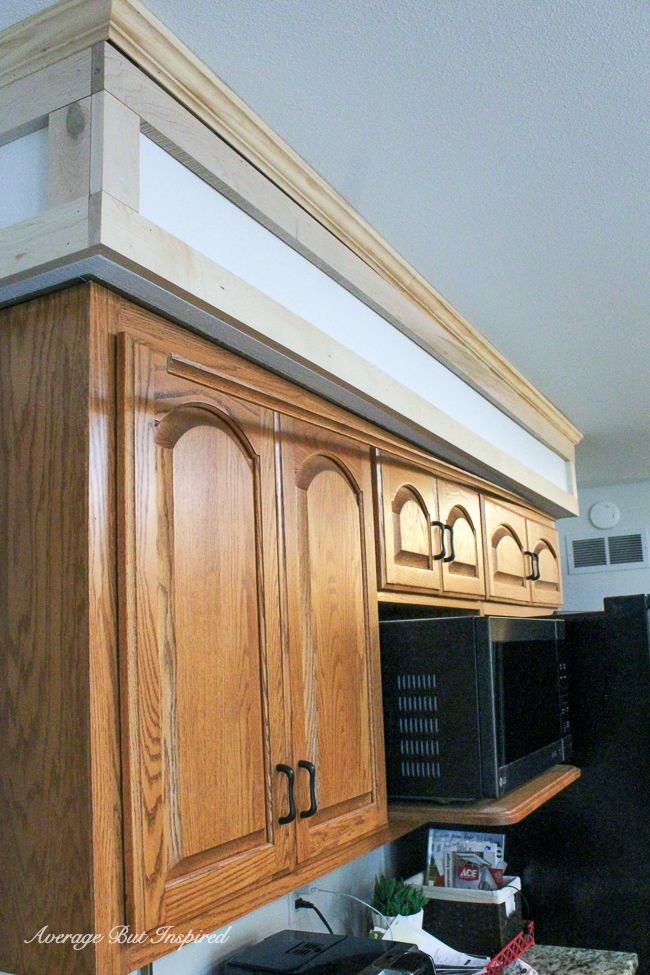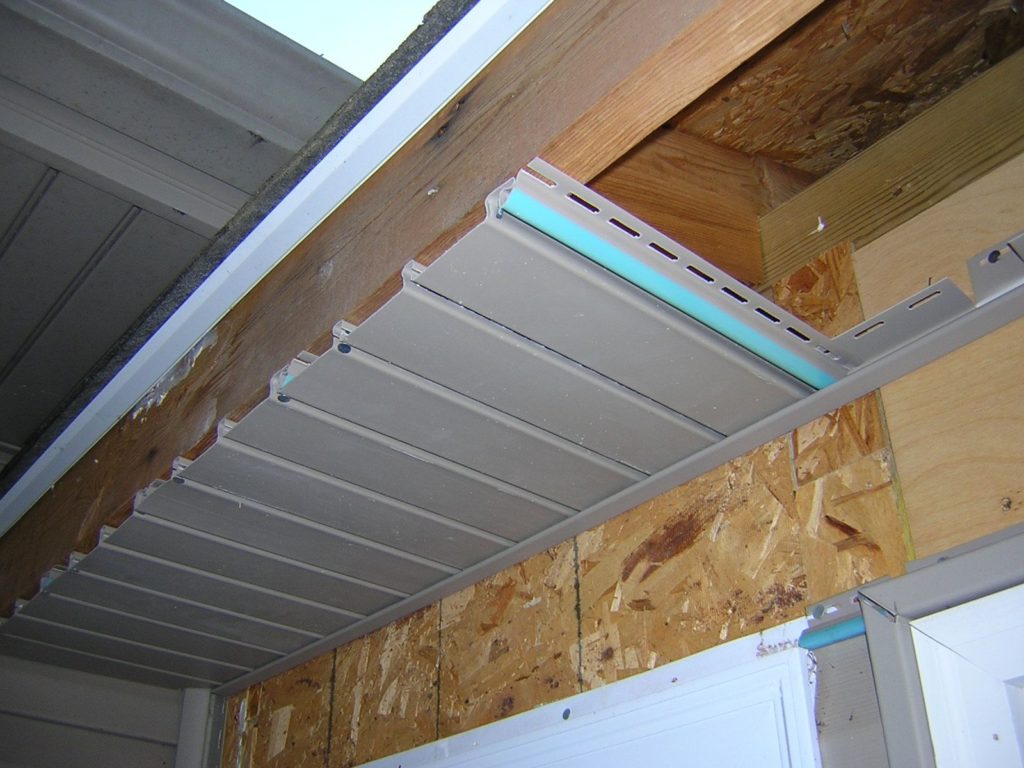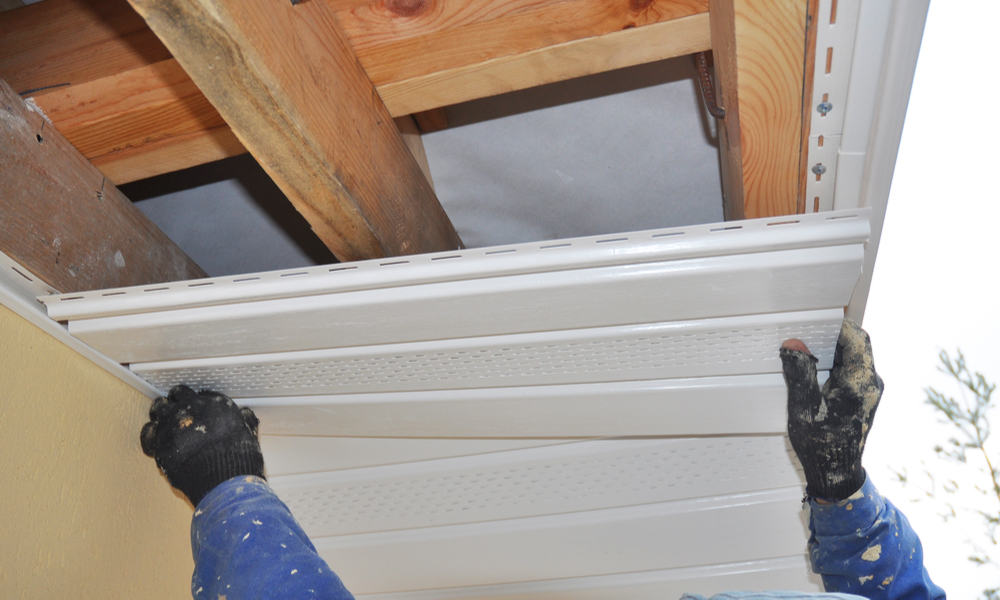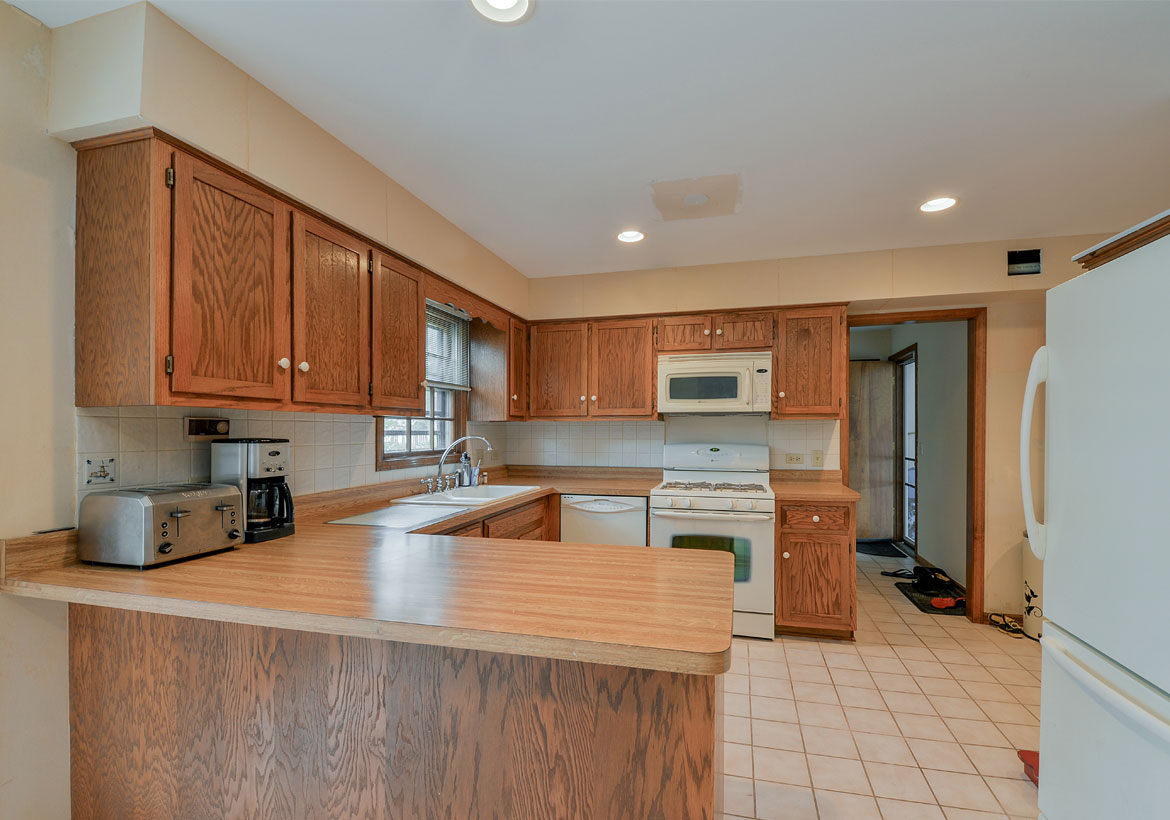Removing a Kitchen Soffit: Step-by-Step Guide
If you're looking to give your kitchen a more open and spacious feel, removing the soffit above your cabinets is a great place to start. Soffits, also known as bulkheads, are the box-like structures that sit atop your upper kitchen cabinets and can make the space feel smaller and closed off. But before you grab your tools and start demolishing, it's important to have a plan in place. Here's a step-by-step guide on how to remove a kitchen soffit.
How to Remove a Soffit Above Kitchen Cabinets
The first step in removing a kitchen soffit is to assess the situation. What type of soffit do you have? Is it a drywall soffit or a built-in soffit? Drywall soffits are typically easier to remove as they are not attached to the cabinets, while built-in soffits are often attached to the cabinets and will require more work to remove. Once you have determined the type of soffit, you can move on to the next step.
DIY Kitchen Remodel: Removing Soffits
Removing a soffit is a DIY project that can save you money and also give you a sense of accomplishment. However, it's important to note that if you are not comfortable with power tools or have never done a home renovation project before, it may be best to hire a professional to remove the soffit for you. Safety should always be the top priority when taking on any DIY project.
Removing a Soffit in a Kitchen
Before you begin the actual removal process, it's important to prepare the area. Cover your countertops and floors with protective materials to catch any debris that may fall during the removal. You should also turn off the power to any outlets or light fixtures in the area and remove any decor or items from the cabinets.
How to Remove a Soffit in Your Kitchen
Now it's time to start removing the soffit. If you have a drywall soffit, you can use a hammer and chisel to gently break away the drywall. Be sure to start from the top and work your way down to avoid damaging the cabinets. For built-in soffits, you may need to use a crowbar to pry it away from the cabinets. Take your time and be careful not to damage any surrounding areas.
Removing a Kitchen Soffit for a More Open Floor Plan
Once the soffit is removed, you may notice some holes or gaps in the ceiling or walls. These can be easily patched up with drywall or spackling. If you plan on installing recessed lighting, now is the time to do it. Simply cut a hole in the ceiling where you want the light to go and follow the instructions for installation.
How to Remove a Soffit Above Kitchen Cabinets Without Damaging Them
It's important to be cautious when removing a soffit to avoid damaging your cabinets. As mentioned before, starting from the top and working your way down is the best way to prevent any accidents. You can also use protective materials such as cardboard or plywood to cover the cabinets and prevent any scratches or dings.
Removing a Soffit to Install Recessed Lighting
Removing a soffit is a great opportunity to upgrade your kitchen lighting. Recessed lighting can make your space feel brighter and more modern. Just be sure to follow the instructions carefully and hire a licensed electrician if you are not comfortable with electrical work.
Step-by-Step Guide to Removing a Kitchen Soffit
To summarize, here are the steps to removing a kitchen soffit: assess the type of soffit, prepare the area, remove the soffit carefully, patch up any holes or gaps, and install recessed lighting if desired. It's also important to have a plan in place and take your time to avoid any accidents or damage.
Removing a Soffit to Create a More Spacious Kitchen
Once the soffit is removed and any necessary repairs or upgrades are completed, step back and admire your new and more open kitchen space. Removing the soffit is a simple yet effective way to make your kitchen feel bigger and brighter, and can be a great starting point for a larger kitchen remodel project.
Why Removing Kitchen Soffit Recessed Lights Can Enhance Your House Design
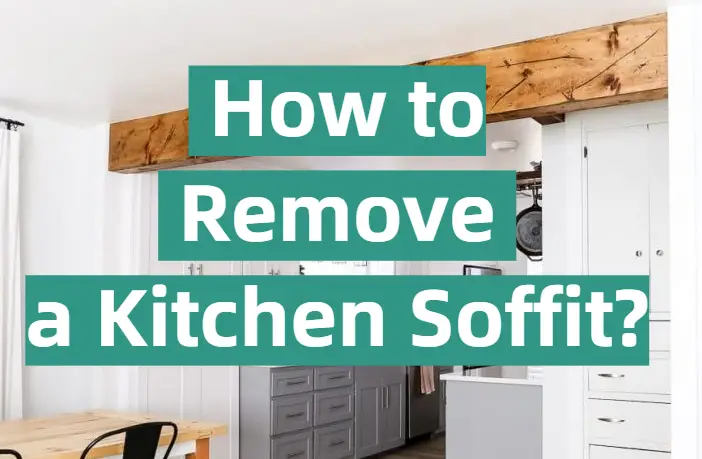
The Importance of Proper Lighting in House Design
 Proper lighting is a crucial aspect of house design that is often overlooked. Many homeowners focus on the layout, furniture, and decor when designing their homes, but fail to realize the impact that lighting can have on the overall aesthetic. Lighting not only serves a functional purpose, but it also sets the mood and atmosphere of a space. This is why it's important to carefully consider the type, placement, and design of lighting fixtures in your home.
Proper lighting is a crucial aspect of house design that is often overlooked. Many homeowners focus on the layout, furniture, and decor when designing their homes, but fail to realize the impact that lighting can have on the overall aesthetic. Lighting not only serves a functional purpose, but it also sets the mood and atmosphere of a space. This is why it's important to carefully consider the type, placement, and design of lighting fixtures in your home.
The Downside of Kitchen Soffit Recessed Lights
The Benefits of Removing Kitchen Soffit Recessed Lights
 Removing kitchen soffit recessed lights can bring a multitude of benefits to your house design. First and foremost, it can open up the space and make it feel larger and more spacious. By removing the soffits, you are essentially extending the height of your cabinets, which can create a more open and airy feel in the kitchen. This is especially beneficial for smaller kitchens or those with low ceilings.
Furthermore, removing the soffits can also improve the lighting in your kitchen. By eliminating the boxed-in area, natural light can flow freely and brighten up the space. This can also make it easier to add additional lighting fixtures, such as pendant lights or track lighting, which can add both function and style to your kitchen.
Removing kitchen soffit recessed lights can bring a multitude of benefits to your house design. First and foremost, it can open up the space and make it feel larger and more spacious. By removing the soffits, you are essentially extending the height of your cabinets, which can create a more open and airy feel in the kitchen. This is especially beneficial for smaller kitchens or those with low ceilings.
Furthermore, removing the soffits can also improve the lighting in your kitchen. By eliminating the boxed-in area, natural light can flow freely and brighten up the space. This can also make it easier to add additional lighting fixtures, such as pendant lights or track lighting, which can add both function and style to your kitchen.
Considerations When Removing Kitchen Soffit Recessed Lights
 Before taking on the task of removing kitchen soffit recessed lights, it's important to consider some key factors. First, you'll need to determine if the soffits are load-bearing or not. If they are, you'll need to consult with a professional before removing them. Additionally, you'll want to think about the wiring for the recessed lights and how it will be affected by their removal. It's important to hire a licensed electrician to ensure that the wiring is properly addressed.
In conclusion, removing kitchen soffit recessed lights can greatly enhance your house design. By creating a more open and bright space, you can improve the overall aesthetic and functionality of your kitchen. Just remember to carefully consider all aspects and consult with professionals when necessary for a safe and successful project.
Before taking on the task of removing kitchen soffit recessed lights, it's important to consider some key factors. First, you'll need to determine if the soffits are load-bearing or not. If they are, you'll need to consult with a professional before removing them. Additionally, you'll want to think about the wiring for the recessed lights and how it will be affected by their removal. It's important to hire a licensed electrician to ensure that the wiring is properly addressed.
In conclusion, removing kitchen soffit recessed lights can greatly enhance your house design. By creating a more open and bright space, you can improve the overall aesthetic and functionality of your kitchen. Just remember to carefully consider all aspects and consult with professionals when necessary for a safe and successful project.








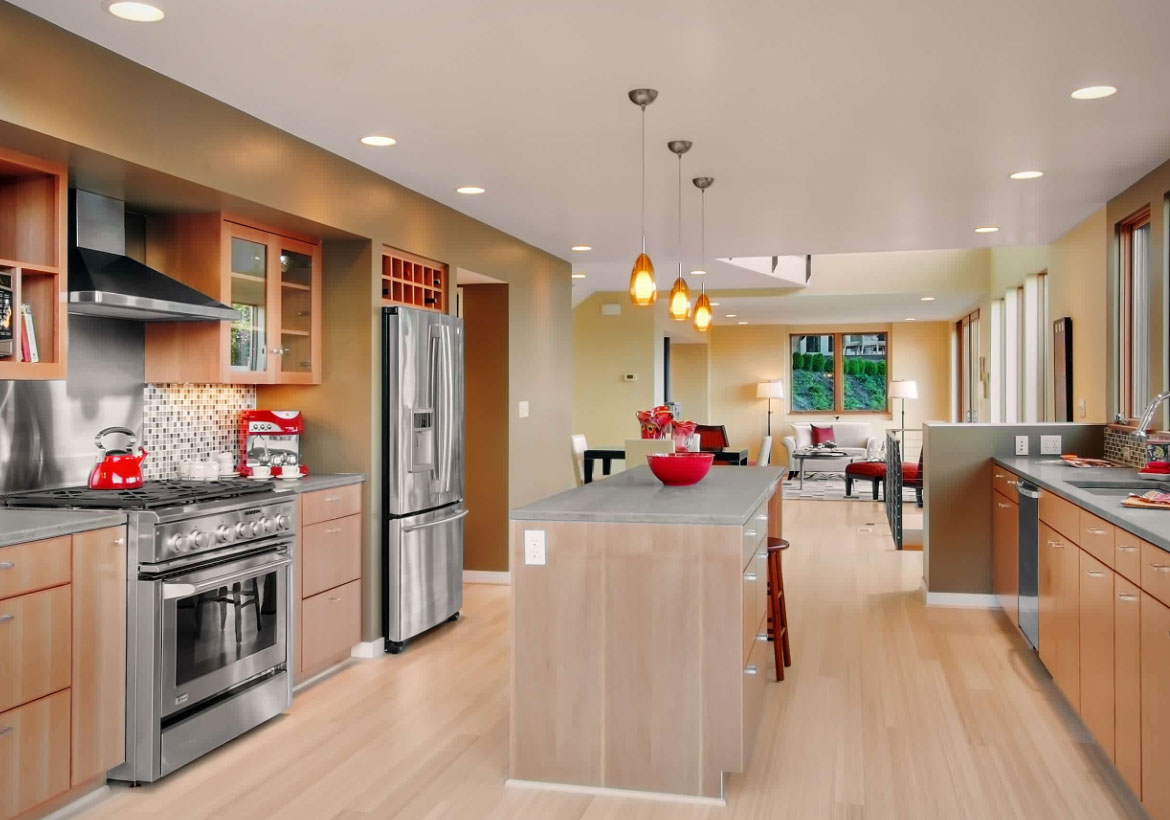
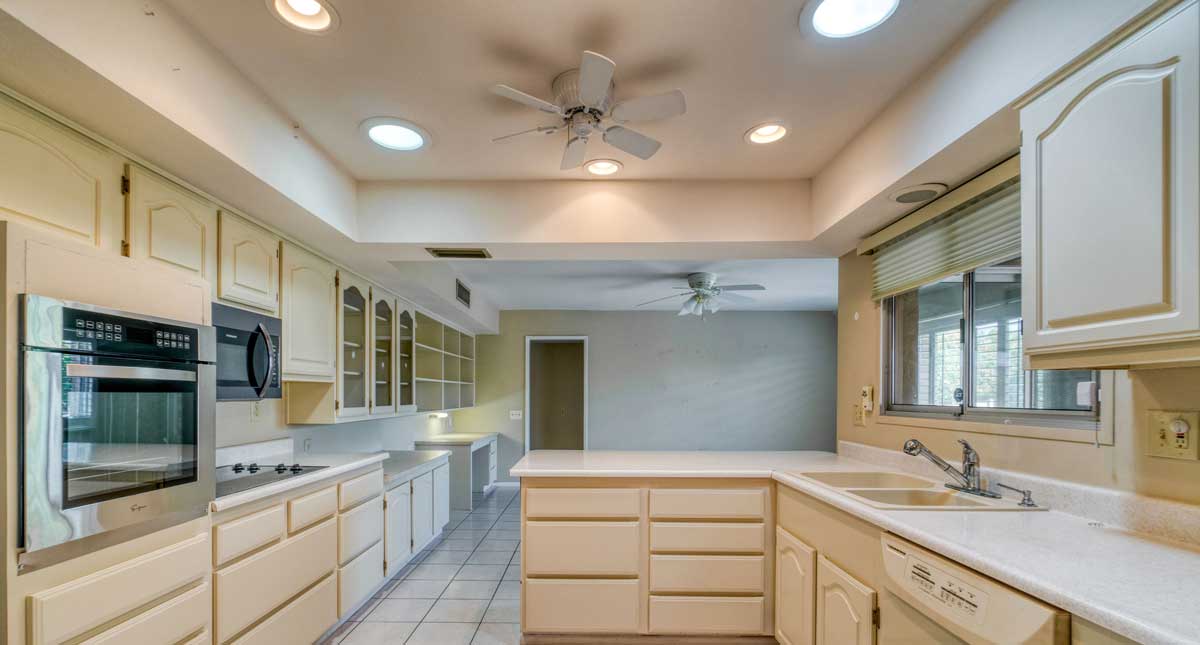


.jpg)














